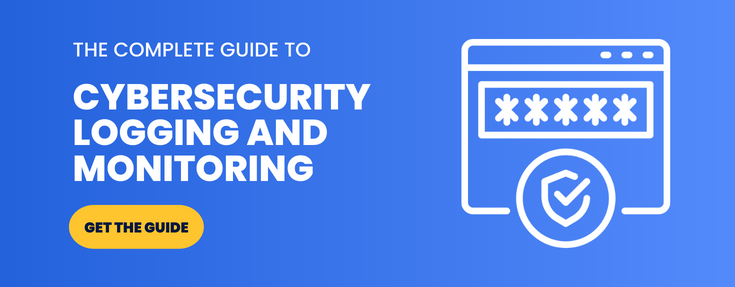What Is Enterprise Risk Management (ERM)?

 By
Jason Miller
·
3 minute read
By
Jason Miller
·
3 minute read
Enterprise risk management (ERM) involves the planning, organization, leading, and controlling of an organization’s activities in order to minimize security risks. With today’s cloud-based businesses, online cyber security threats, and compliance protocol, Risk management is extremely important.
Company stakeholders, investors and board members are often requiring that companies provide proof of ERM. Risk management at an enterprise-wide level allows an organization to consider all types of risks and their potential impact on their products and services, as well as their activities, and processes. Your organization can benefit from the ‘upside of risk’ if you have a comprehensive approach put in place. Let’s explore more about enterprise risk management and how to approach it at your company.
Enterprise Risk Management Principles
A successful risk management initiative will be proportionate to the organization’s level of risk, as related to the complexity, nature, and the size of the organization. Aside from this, it must be comprehensive in its scope and in alignment with other activities at your business. In other words, it is not a “one size fits all” service. Your ERM should consider the ever changing landscape of cyber security.
What should your enterprise risk management policy include?
Putting together a policy is an imperative part of the enterprise risk management process. Here are some of the sections that need to be included:
- Governance: risk management and internal control objectives
- Risk strategy: a statement of the attitude of the organisation to risk
- Risk appetite: the nature and level of risk that is deemed acceptable
- Risk architecture: the arrangements and organization of risk management
- Risk assessment: the details of procedures for recognizing and ranking risks
- Risk protocols: a list of documentation for reporting and analyzing risks
- Risk response: requirements regarding risk mitigation and control mechanisms
- Training: topics and priorities for risk management
- Description of the risk aware culture or control environment
- Monitoring and bench marking of risks and the criteria for this
- Allocation of appropriate resources to risk management
- Allocation of risk management roles and responsibilities
- Risk priorities and risk activities for the coming year
Risk Management Process
A proper risk management process should include the following steps:
- Identifying or recognizing the risks
- Evaluating or ranking the risk
- Taking action when it comes to risks that are significant
- Resourcing controls
- Reaction planning
- Reporting and monitoring risk performance
- Reviewing the framework for risk management
Recording Risks
One of the important elements of enterprise risk management is recording risks. Carrying out a risk assessment will involve identifying risks and then evaluating them and giving them a ranking. For this, you will need to have a template so that you can easily include all of the important data about every risk. So, what should be included when recording a risk?
- The title or name of the risk – Unique risk index or identifier.
- Scope of the risk – You must detail the scope of the risk as well as outlining possible events. Make a description of the event, number, type, and size when recording this.
- Nature of the risk – This is where you will classify the risk. You should also give an indication of the potential impact on terms of the timescale, as well as describing it as an uncertainty, opportunity, or hazard.
- Stakeholders – Note external and international stakeholders and the expectations they have.
- Risk evaluation – The magnitude and likelihood of an event, as well as the possible consequences or impact if the risk was to materialize at the current level.
- Loss experience – You should then make note of previous incidents and note any of the loss that was experienced in previous events relating to this risk in question.
- Risk tolerance, appetite, or attitude – State the anticipated financial impact and loss potential of the risk. You also need to identify the target for controlling the risk, as well as the desired level of performance.
- Risk, response, treatment, and controls – You should not existing control mechanisms and activities that are in place and outline your confidence in these tools. You should also outline procedures for monitoring and reviewing risk performance.
- Potential for risk improvement – Aside from the points that have already been mentioned, you must indicate the potential for cost-effective risk modification or improvement. Deadlines and recommendations for implementation should be stated, as well as establishing responsibility for any improvements being implemented.
- Strategy and policy developments – Last but not least, your detail risks description should also indicate responsibility for auditing compliance with controls and developing strategy related to risk.
The Wrap Up
Hopefully you now have a better understanding regarding what enterprise risk management is and how you should approach it at your business. There is no denying that risk management plays a critical role in all areas of business today. However, when it comes to security risk management, the threats are growing and growing, which is why enterprise risk management becomes even more important. Only with an enterprise-wide view are you able to fully understand the threats your business faces and how they will have an impact, enabling you to turn them into a positive.
BitLyft helps businesses just like yours with risk assessment and putting protocols in place to mitigate risks in the future. We will start with a FREE ASSESSMENT and go from there.
